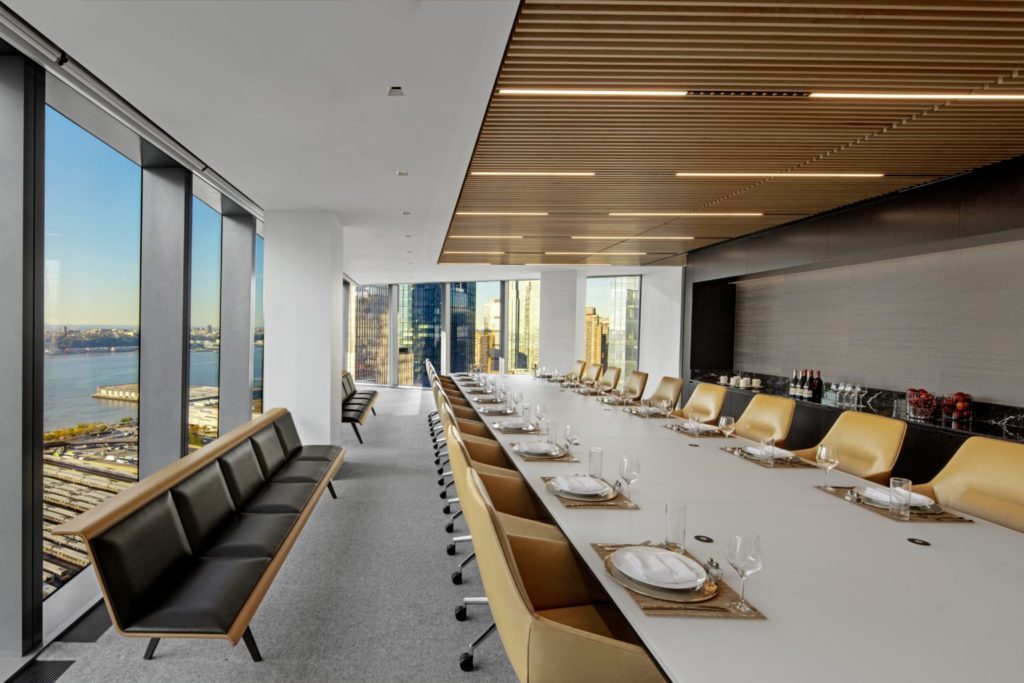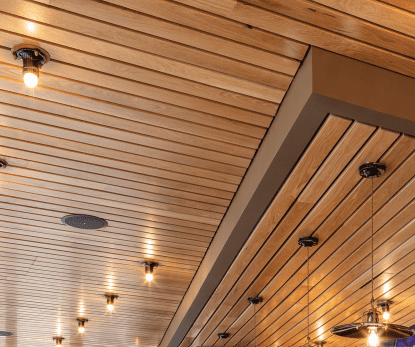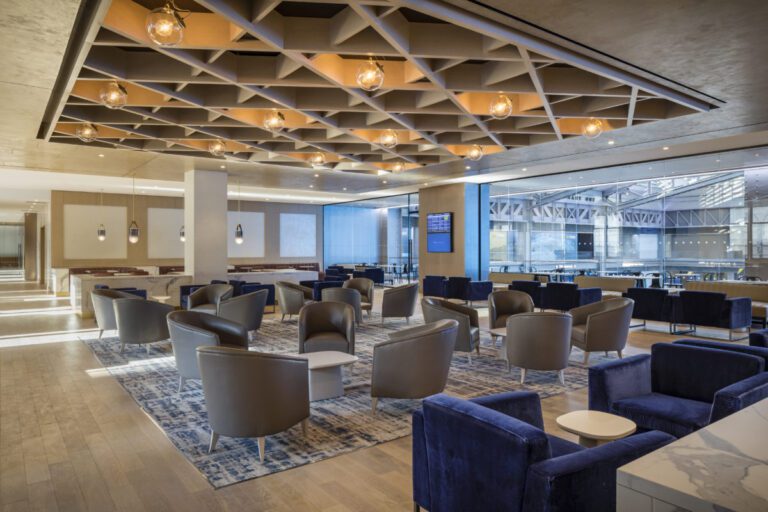The recording environment is one of the most important factors in the final quality of an audio file.
Along with microphone quality, recording techniques, and post-production work, the space in which you record is critical for getting the best out of audio performance.
Successful recording spaces are thoughtfully designed to create warm, clear sounds. In this recording sound quality guide, we’ll discuss one effective way to improve audio quality: adding large wood acoustic panels.
Recording Spaces That Benefit From Acoustic Panels
In recent years, high-quality recording hardware and software have become more affordable and user-friendly. From amateur bands to rookie podcasters, anybody can make professional recordings.
High-quality equipment makes it possible to transform more spaces into recording studios. However, to achieve the sound you’re looking for, the acoustic environment needs to be properly designed for audio recording.
Acoustic panels can turn any room into a brilliant audio recording space. Here are a few of the spaces that most benefit from acoustic panels.
Music Recording Studios
Music recording is a delicate, complex process. Great takes are only truly captured when all aspects of the acoustic environment are in order. Proper sound reflection/absorption from your room’s surfaces is critical for achieving high-quality music files.
Podcast Studios and Voice Acting Studios
Thanks to podcasts, audio streaming services, and YouTube, spoken-word audio recordings are everywhere. For spaces like podcast studios and voice acting studios, crystal clear audio is essential. Acoustic panels help to control sound in a small space, reducing the effect of reflections and echoes.
Screening Rooms, Theaters, and Live Performance Venues
Not all audio recording spaces are small. When recordings are made in theaters and live performance venues, acoustic control is critical.
Large acoustic panels are used in these spaces to shut out outdoor sound and create a balanced set of warm, clear tones. An optimal acoustic environment benefits live performance quality as well as recorded audio quality.
Lecture Halls and Large Classrooms
With the rise of remote learning, more classrooms function as recording studios. Large lecture halls need to project a speaker’s voice across the room with clarity and volume. Acoustic controls such as wood panels help control sound quality, resulting in cleaner audio recordings of lectures and other academic events.
How Do Acoustic Wall Panels Improve Sound Quality?
Hard wall surfaces such as tile, concrete, or metal are highly reflective of sound waves. Audio quality problems from hard walls include:
- Too much echo
- Voices sound tinny
- Voices sound drowned out or far away
Recording audio while surrounded by hard walls is like recording video in a room full of mirrors. The reflected sounds make their way into your microphone and distort the recording.
Covering hard surfaces with premium wood materials reduces echoes and balances low, middle, and high frequencies. The result is a more warm, full, set of tones that can be effectively captured in audio recordings.
More Tips for Improving Sound Quality
High-quality audio comes from a comprehensive approach. The acoustic environment, recording hardware, and audio software all play their parts.
Here are a few tips for improving the quality of your audio recordings.
Carpet Your Floors
Carpeting is less reflective than hard floor materials. To achieve the ideal amount of sound absorption, some studio owners experiment with carpeting only part of the floor or adding cork or rubber under the carpet for extra absorption.
Install Large Window Curtains
Professional studios don’t have outdoor windows, but often use a glass window between the recording room and the control room. These windows are made from soundproof laminated glass.
For home recording studios, it’s useful to install large curtains over windows. Heavy curtains, made from materials like velvet or polyester, reduce sound reflection from the window glass and limit the intrusion of outdoor noise.
Use Directional Microphones
A directional microphone captures only the sound coming from one or more targeted directions. A directional mic can be “pointed” at the desired sound source, such as a voice or an instrument. The source is recorded cleanly, with minimal interference from outside noise.
Even when other recording conditions aren’t ideal, a directional mic can help you record professional-sounding audio.
Test Your EQ Settings
Equalization, or EQ, is a fundamental aspect of audio processing, especially for music recordings. Equalizing involves adjusting the volume of different audio signal frequency bands. Boosting some frequencies and lowering others creates the desired balance.
If you’re new to audio recording, you’ll need to familiarize yourself with your software’s EQ controls in order to achieve high-quality recordings.
Clean Your Microphones
Between recording sessions, clean your microphones. Cleaning your mic removes dust and debris that could interfere with recording quality. Cleaning also removes germs from a surface that’s breathed on from close range every time it’s used.
Large Acoustic Panels for Your Recording Space
At Rulon International, we’ve been offering superior acoustic wood panel solutions for over 30 years.
We produce a dozen different acoustic panel products with multiple sustainability certifications, including the Well Building Standard and the Living Building Challenge.
Our Aluratone and Curvatone acoustic panels can be custom-cut, shaped, and sized for your acoustic and aesthetic needs.
Contact our team today to discuss sound quality design options for your recording space.





